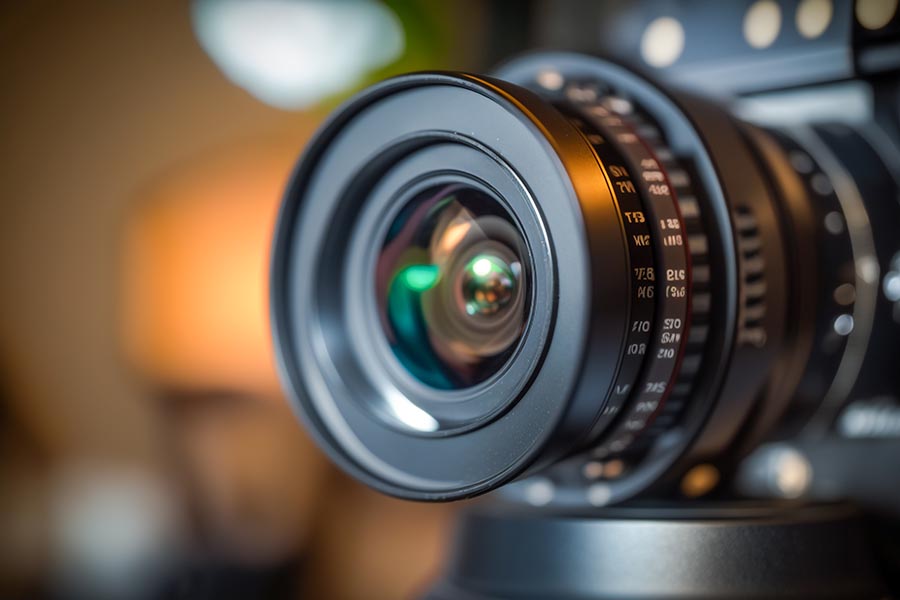Capturing incredible images is an art that requires understanding several elements, and one of the most crucial aspects is focusing. In photography, the focus is adjusting the camera lens to obtain a sharp and clear image. Since the introduction of autofocus systems in the late 1970s, this technology has come a long way. Today, cameras have advanced autofocus (AF) systems that offer various modes catering to different shooting conditions and subjects. These modes can significantly impact the overall image quality and help photographers achieve their creative vision.
This article will guide you through the primary and advanced focusing techniques, from understanding the basic autofocus modes to exploring the sophisticated tracking and area selection options. By understanding these techniques, you can optimize your camera’s performance and elevate your photography to the next level, ensuring that you consistently capture incredible results, regardless of the subject or conditions.
Table of contents
- How Camera Autofocus Works?
- Camera Autofocus Modes
- Choosing the Right Focusing Technique
- Focus Points
- AF-Area Modes
- Different Autofocus Techniques for Different Photography Genres
- Enhancing Autofocus Performance in Wildlife Photography
- Enhancing Autofocus Performance in Landscape Photography
- Boosting Autofocus Performance in Low-Light Conditions
- FAQs
How Camera Autofocus Works?
Autofocus (AF) is a camera feature that automatically adjusts the lens’s focus to ensure the subject appears sharp in the image. The autofocus system uses various sensors and algorithms to detect the subject and calculate the correct focus distance. Two primary types of autofocus systems exist phase detection and contrast detection.
Phase Detection AF: This autofocus system splits the incoming light into two separate images and compares their phase differences. Phase Detection AF calculates the correct focus distance based on these differences, allowing the camera to focus quickly and accurately. This system is commonly found in DSLRs and some mirrorless cameras.
Contrast Detection AF: This autofocus system measures the contrast levels in the image. The camera continuously adjusts the focus until the maximum contrast is achieved, indicating that the subject is focused. Contrast Detection AF is generally slower than Phase Detection AF but can be more accurate in some situations. This system is commonly found in compact cameras and many mirrorless cameras.
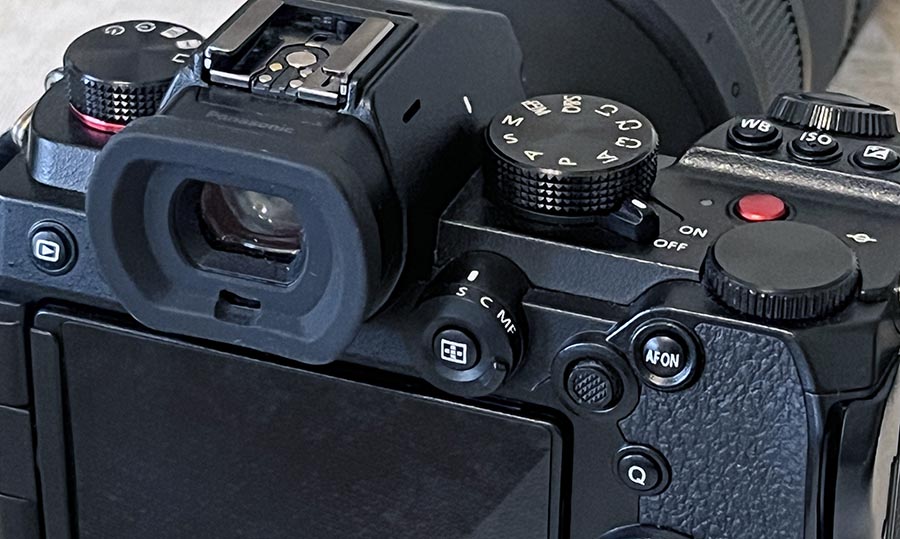
Camera Autofocus Modes
Understanding the basic focusing methods will help you achieve sharp images in various situations. Let’s explore the three primary techniques.
AF-S Mode (Single Shot Focus)
Single Shot Focus (AF-S) is a fundamental and widely used autofocus mode suitable for stationary subjects. When using this mode, the camera locks focus once the subject is in focus, allowing you to recompose the image without losing sharpness. This method is commonly known as “focus and recompose.”
In order to utilize Single Shot Focus, you need to press the shutter button halfway, which prompts the camera to focus on the selected subject. Once the focus is locked, the camera will maintain that focus until the shutter button is released. This technique is excellent for various photography genres, such as portraiture, still life, and landscape, where the subject remains relatively static.
However, Single Shot Focus isn’t the best choice for moving subjects or action scenes. However, if the subject moves, the focus will not be continuously adjusted, which may result in blurry or out-of-focus images.

AF-C (Continuous Focus)
Continuous Focus (AF-C) is a highly effective autofocus mode for tracking moving subjects. In this mode, the camera constantly adjusts the focus, ensuring that the subject remains sharp as it changes its distance from the camera. This mode is sometimes called “tracking” or “follow” focus.
To use Continuous focus, you must press the shutter button halfway and hold it. The camera will then track the subject as it moves within the frame, adjusting the focus accordingly. Once you’re ready to capture the image, press the shutter button fully.
This mode is ideal for sports, wildlife, and action photography, where subjects constantly move. Continuous focus allows you to freeze the action and maintain sharp focus, even when the subject’s distance from the camera is rapidly changing.
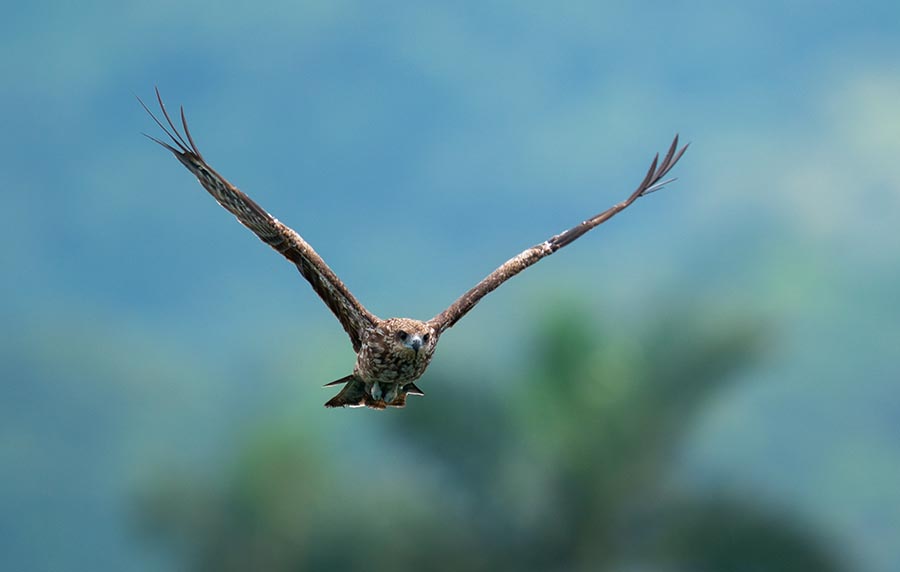
Automatic AF Selection
Automatic AF Selection is a versatile autofocus mode that combines the features of both Single Shot Focus and Continuous Focus. This mode is designed for situations where the subject’s movement is unpredictable or a mix of static and dynamic scenes.
In Automatic AF Selection mode, the camera evaluates the subject’s motion and automatically switches between Single Shot Focus and Continuous Focus, depending on the situation. This mode lets you focus on framing and composition without worrying about manually changing the focus mode.
This mode can be handy for event photography, where subjects can switch between being stationary and moving quickly. It’s also a helpful setting for beginners who may not yet be comfortable with manually selecting the appropriate focus mode for different scenarios.
By understanding the differences between Single Shot Focus, Continuous Focus, and Automatic AF Selection, you can better decide which mode to use based on your subject and shooting conditions. Experimenting with these modes will help you better understand their strengths and limitations, enabling you to capture sharp, well-focused images in various situations.
Choosing the Right Focusing Technique
Selecting the appropriate focusing technique is crucial for capturing sharp, high-quality images. The choice of focus mode will depend on your subject, shooting conditions, and personal preferences. Here are some useful leads to help you select the most appropriate focusing technique for your photography requirements:

Evaluate the subject’s movement
The first step in selecting the correct focus mode is to determine whether your subject is stationary or moving. For static subjects, Single Shot Focus is the ideal choice. In contrast, Continuous focus works best for capturing moving subjects, such as athletes, wildlife, or vehicles.
Consider the shooting conditions
Factors like lighting, contrast, and background complexity can affect the autofocus system’s performance. In low light or low contrast situations, consider using manual focus or a focus assist feature to ensure accurate focus. For subjects against complex backgrounds, advanced modes like Dynamic Area AF or Group Area AF can help maintain focus on the subject.
Understand your camera’s capabilities
Familiarize yourself with your camera’s autofocus system and the available focus modes. Different cameras offer varying degrees of autofocus performance and features, so understanding your camera’s capabilities will enable you to make informed decisions when selecting a focus mode.

Prioritize your subjects
Focusing on the eyes or face is crucial for genres like portrait photography. In such cases, using Eye and Face Detection AF can significantly improve the quality of your images. Similarly, for sports or wildlife photography, focus modes like 3D Tracking or Group Area AF can help capture sharp images of fast-moving subjects.
Practice and experiment
As with any photography skill, training is essential for mastering focusing techniques. By experimenting with various focus modes in different scenarios, you can discover the ones that suit your style and requirements best. This practical experience can enhance your confidence in selecting the optimal focus mode for any given situation.
Be prepared to adapt
Sometimes, your chosen focus mode may fail to deliver the desired results due to changes in subject movement, lighting, or other factors. Be prepared to switch to a different focus mode or even manual focus when necessary, ensuring you capture the best possible images in any situation.
By following these leads and developing a solid understanding of different focusing techniques, you’ll be better equipped to choose the right focus mode for your photography needs. This knowledge will help you capture sharp, well-focused images that showcase your subjects and bring your creative vision to life.
Focus Points
Focus points are areas within the camera’s viewfinder or sensor where the autofocus system can lock onto a subject. The number and arrangement of focus points vary depending on the camera model and its autofocus capabilities. Cameras with more focus points typically offer better autofocus performance, especially when tracking moving subjects or dealing with complex compositions.
The photographer can manually select focus points, allowing for precise control over which part of the scene the camera focuses on. Alternatively, the camera can automatically choose the focus point based on its algorithms and the subject’s position within the frame.
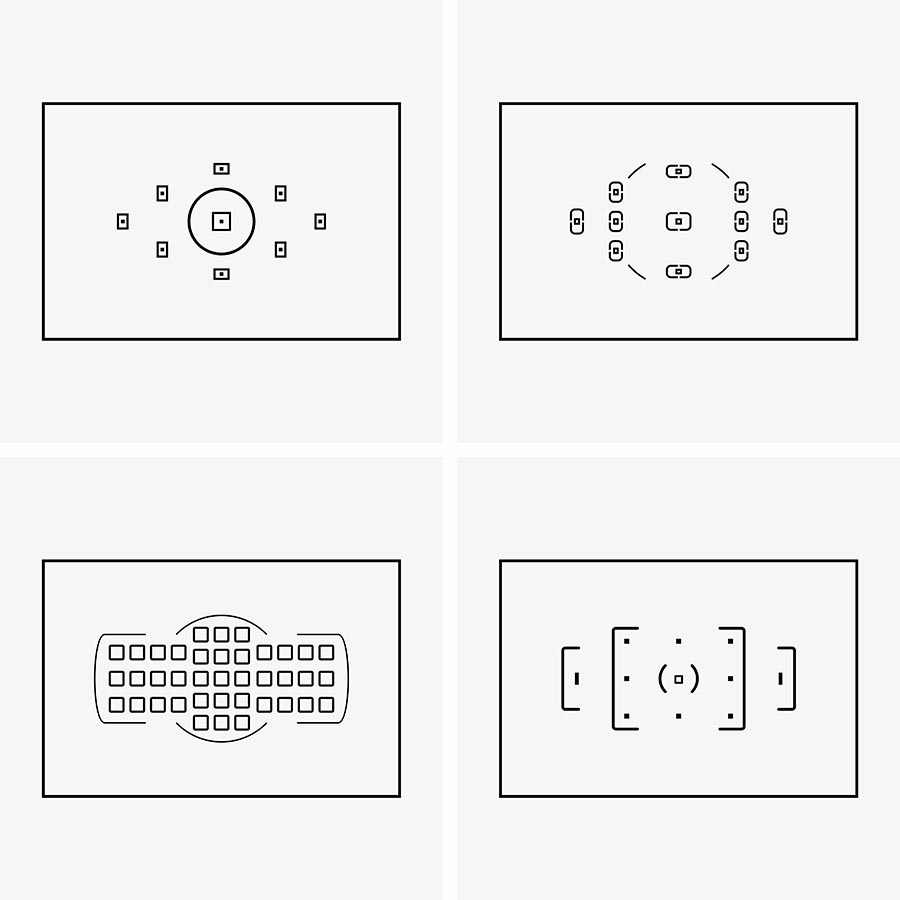
AF-Area Modes
AF-Area Modes determine how the camera uses its focus points to lock onto a subject. Different AF-Area Modes offer variable control over the focus point selection process, catering to different shooting scenarios and subject types. Some common AF-Area Modes include:
- Single-Point AF: In this mode, the camera uses a single focus point chosen by the photographer to lock onto the subject. This mode offers precise control over focus placement, making it ideal for static subjects or situations where the subject’s position within the frame is predictable.
- Dynamic Area AF: This mode expands the focus area beyond the selected focus point, using surrounding focus points to assist in tracking the subject if it briefly moves out of the primary focus point. Dynamic Area AF is useful for fast-moving or unpredictable subjects, as it offers a better chance of maintaining focus on the subject despite erratic movement.
- Group Area AF: In Group Area AF mode, the camera utilizes a group of focus points to maintain focus on the subject. This mode is constructive when photographing subjects with complex backgrounds or when the subject is too small for a single focus point. Group Area AF is often used in wildlife and sports photography.
- Auto Area AF: In this mode, the camera automatically selects the focus point(s) based on the subject’s position within the frame and other factors, such as face detection or subject tracking. Auto Area AF is useful for beginners or situations where the subject’s movement is unpredictable, and the photographer prefers to let the camera handle focus point selection.
Understanding how camera autofocus works, the role of focus points, and the various AF-Area Modes is essential for mastering focusing techniques. By learning to harness these features effectively, you can capture sharp, well-focused images in a wide range of shooting scenarios.
Discover More:
Different Autofocus Techniques for Different Photography Genres
Portrait Photography
When photographing people, it’s essential to have the eyes or face in sharp focus. Using Eye and Face Detection AF, the camera automatically identifies and prioritizes the subject’s eyes or face, ensuring a sharp and compelling portrait. Example: Capturing a headshot of a model in a controlled studio environment.

Landscape Photography
In landscape photography, depth of field and sharpness are critical. Using Single-Point AF, you can select a focus point on a key element in the scene, such as a tree or a rock, and lock focus to ensure maximum sharpness. Example: Photographing a mountain range with a single focus point on a prominent peak.

Sports Photography
Fast-moving subjects, like athletes, require a focusing technique that can keep up with the action. Using Continuous Focus with Dynamic Area AF or Group Area AF, you can track the subject as they move across the frame, maintaining sharp focus throughout the sequence. Example: Capturing a soccer player running and dribbling the ball down the field.
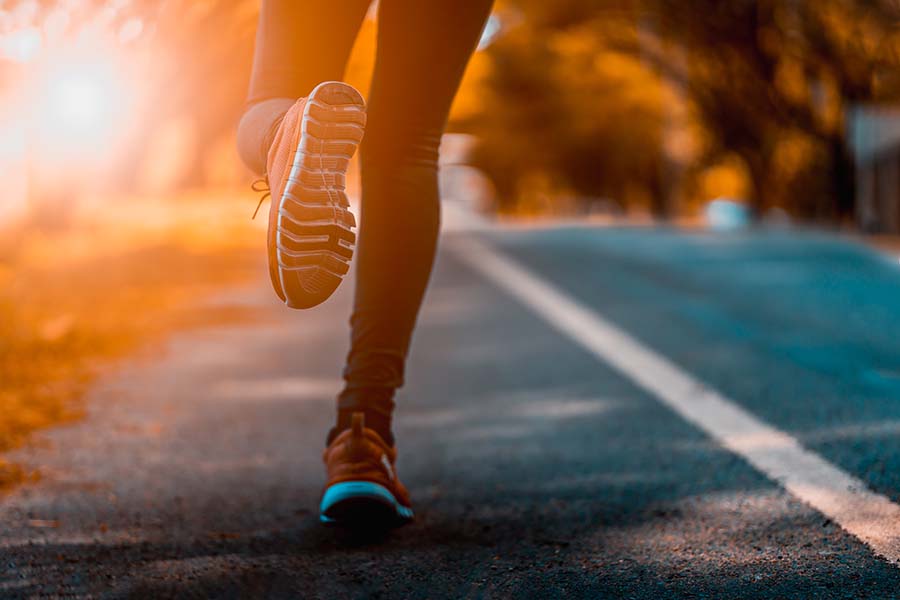
Wildlife Photography
Animals can be unpredictable, making it challenging to maintain focus as they move. Using Continuous Focus with 3D tracking, you can follow a moving subject, like a bird in flight or a running deer, and maintain focus even when the animal changes direction suddenly. Example: Photographing a cheetah chasing its prey on the African savannah.
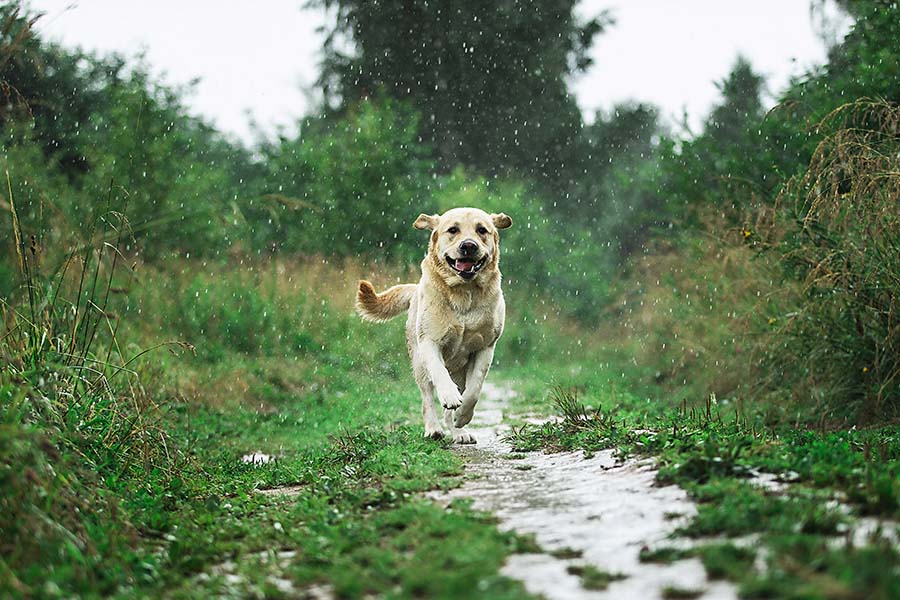
Macro Photography
When capturing close-up images of small subjects, such as insects or flowers, the precise focus is crucial due to the shallow depth of field. Using Single-Point AF or manual focus with focus peaking, you can accurately lock focus on the desired part of the subject. Example: Photographing the intricate details of a butterfly’s wings.
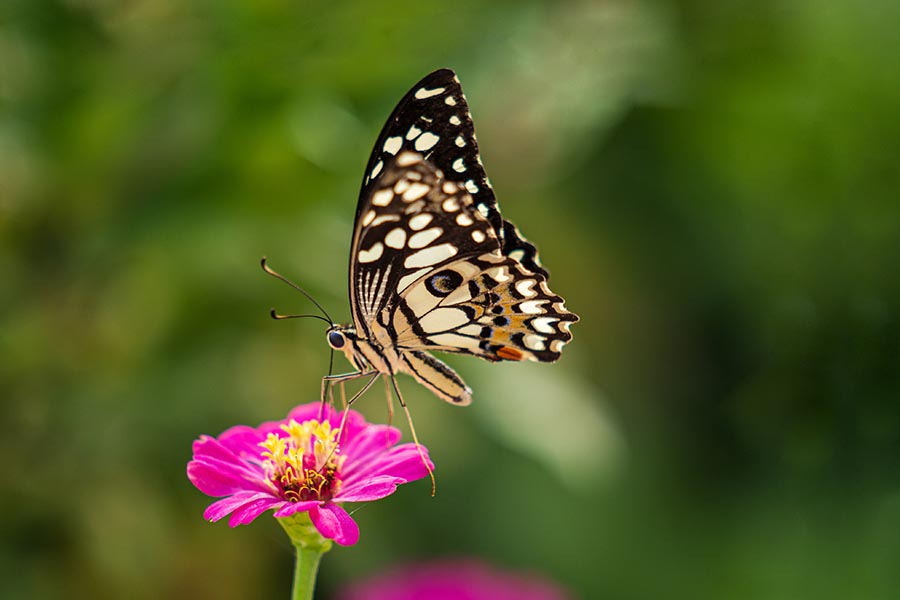
Event Photography
In events with unpredictable subject movement, such as weddings or parties, Automatic AF Selection can be a practical choice. The camera will automatically switch between Single Shot Focus and Continuous Focus as needed, allowing you to concentrate on composition and capturing the moment. Example: Photographing the bride and groom during their first dance at a wedding reception.

Street Photography
In street photography, capturing spontaneous moments and interactions is key. Using Auto Area AF, the camera will automatically select the focus point(s) based on the subject’s position within the frame, allowing you to react quickly and capture the decisive moment. Example: Photographing a street performer surrounded by a crowd of onlookers.

Night Photography
In low-light situations, autofocus systems can struggle to lock onto subjects due to the reduced contrast. You can ensure accurate focus even in challenging lighting conditions using manual focus with focus peaking or a focus assist beam. Example: Capturing a cityscape at night focusing on a prominent building.

Enhancing Autofocus Performance in Wildlife Photography
Improving autofocus performance is essential for capturing sharp and compelling wildlife images. Here are some tips to enhance your autofocus performance in wildlife photography:
Choose the right focus mode
Continuous Focus mode is your best option for fast-moving wildlife. This mode will continuously adjust the focus as the subject moves, helping you maintain sharpness throughout the action.
Select an appropriate AF-Area Mode
Modes like Dynamic Area AF, Group Area AF, or 3D tracking can help track moving subjects more effectively. These modes use multiple focus points to maintain focus on the subject, even when they move erratically or are momentarily obscured.
Use back-button focus
Back-button focus separates the focus function from the shutter button, allowing you to maintain focus on the subject without refocusing every time you press the shutter button. This technique can improve your reaction time and increase the chances of capturing the perfect shot.
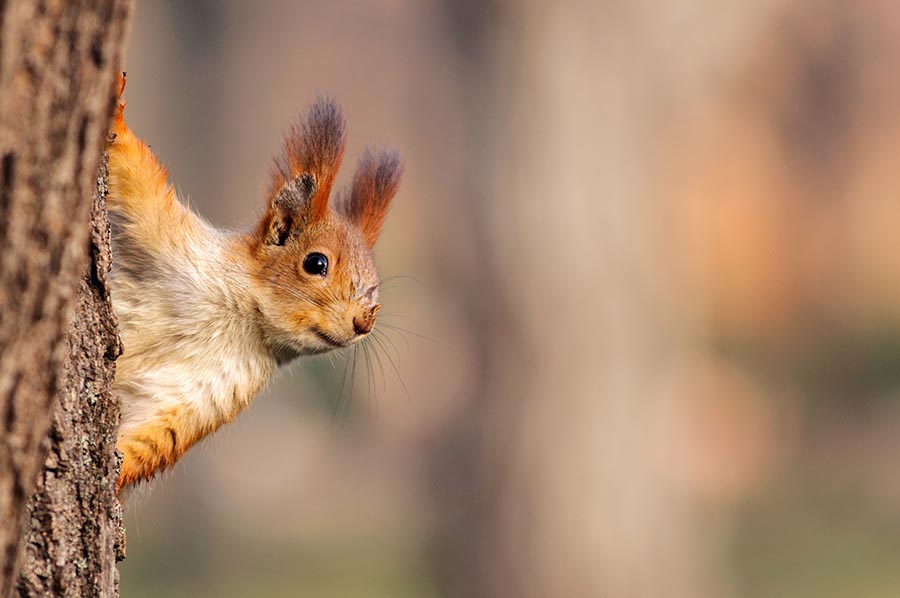
Customize focus point selection
Familiarize yourself with your camera’s focus point selection process and customize the settings for faster access. This will enable you to quickly change focus points and adapt to the subject’s movement.
Pre-focus on key areas
Anticipate where the action will happen and pre-focus on that area. For example, if you photograph birds near a feeder, focus on the feeder and wait for the birds to approach. This technique reduces the time it takes for the camera to acquire focus when the action occurs.
Use a fast lens
Lenses with wide apertures (e.g., f/2.8 or f/4) allow more light to enter the camera, which improves autofocus performance in low-light situations or when shooting subjects against complex backgrounds.
Stabilize your camera
Use a tripod, monopod, or other stabilization techniques to keep your camera steady. A stable camera helps maintain focus on the subject, especially when using long telephoto lenses.
Be patient and practice
Wildlife photography can be challenging and unpredictable. Be patient, observe animal behavior, and practice your focusing techniques to improve your chances of capturing sharp images.
Update your camera’s firmware
Camera manufacturers often release updates to improve autofocus performance or fix bugs. Please update your camera’s firmware regularly to benefit from these improvements.
This Post May Also Be Helpful
Enhancing Autofocus Performance in Landscape Photography
In landscape photography, capturing sharp images with a broad depth of field is crucial. Here are some tips to enhance your autofocus performance in landscape photography:
Select the right focus mode
Single Shot Focus (AF-S) is the ideal choice for landscape photography, as your subjects are typically stationary. This mode allows you to lock focus on a specific part of the scene and then recompose if necessary.
Choose an appropriate focus point
Use Single-Point AF to precisely control where the camera focuses within the frame. Consider the rule of thirds or other compositional guidelines to select a focus point that enhances the overall composition.
Use the hyperfocal distance technique
The hyperfocal distance is the point at which everything from half that distance to infinity appears sharp in the image. Focusing on the hyperfocal distance maximizes the field depth, ensuring that foreground and background elements are in focus.

Focus stacking for increased depth of field
In situations where a single shot cannot capture the entire scene in focus, use focus stacking. This technique involves taking multiple images with different focus points and blending them together in post-processing to create a single image with a broader depth of field.
Stabilize your camera
Use a sturdy tripod to keep your camera stable, especially when shooting in low-light conditions or using long exposures. A steady camera helps ensure sharp images and consistent focus.
Utilize manual focus when necessary
In some situations, autofocus may struggle to lock onto the desired subject, particularly in low-contrast or low-light environments. In these cases, switch to manual focus and use focus peaking or live view magnification to accurately set your focus.
Opt for a small aperture
Using a smaller aperture (e.g., f/8 or f/11) increases the depth of field, ensuring that more of the scene is in focus. Remember that tiny apertures (e.g., f/22) may introduce diffraction, which can reduce image sharpness.
Consider using a remote shutter release or self-timer
For minimizing camera shake and achieving maximum sharpness, it is recommended to use a remote shutter release or utilize the camera’s built-in self-timer. This prevents movement caused by pressing the shutter button from affecting the focus or overall image sharpness.
Clean your lens and camera sensor
Dust, dirt, or smudges on your lens or camera sensor can negatively impact autofocus performance and image quality. Regularly clean your equipment to maintain optimal performance.
Boosting Autofocus Performance in Low-Light Conditions
Capturing sharp images in low-light situations can be challenging due to the reduced contrast and visibility. Here are some tips to improve autofocus performance in low-light scenarios:
Use a fast lens
Lenses with wide apertures (e.g., f/1.8 or f/2.8) allow more light to enter the camera, improving autofocus performance in low-light situations. Additionally, these lenses offer a limited depth of field, which can produce a pleasing bokeh effect in your images.
Increase ISO sensitivity
Raising the ISO sensitivity allows the camera to work better in low-light conditions. However, be cautious not to set the ISO too high, as this can introduce unwanted noise into your images. Use the lowest ISO setting for a reasonably fast shutter speed and adequate autofocus performance.
Select the right focus mode
For stationary subjects in low-light situations, Single Shot Focus is usually the best choice. However, if your subject is moving, consider using Continuous Focus mode to track the subject as it moves.
Choose an appropriate AF-Area Mode
In low-light scenarios, using Single-Point AF can help the camera lock focus more effectively, allowing you to concentrate on a specific area with sufficient contrast. In some cases, Dynamic Area AF or other advanced modes can also improve focus performance.

Utilize the camera’s AF-assist beam
Many cameras have a built-in AF-assist beam that projects a pattern or light onto the subject to aid in focusing. Enable this feature in your camera settings to improve autofocus performance in low-light situations.
Stabilize your camera
Use a tripod, monopod, or other stabilization techniques to keep your camera steady. This not only reduces camera shake but can also help the autofocus system lock onto the subject more effectively.
Switch to manual focus when necessary
Switch to manual focus when autofocus struggles in low-light conditions. Use focus peaking or live view magnification to accurately set your focus, ensuring that your subject is sharp.
Pre-focus on key areas
In situations where you anticipate the action will occur, pre-focus on that area to reduce the time it takes for the camera to acquire focus when the moment happens.
Be patient and practice
Low-light photography can be challenging, and achieving sharp focus may require patience and practice. Experiment with different settings and techniques to find the best approach for your specific low-light situation.
FAQs
Choosing between AF-C (Continuous Focus) and AF-S (Single Shot Focus) depends on your subject and scenario. Use AF-S for stationary subjects or when locking focus to recompose, while AF-C is ideal for tracking moving subjects.
Different focus modes include Single Shot Focus (AF-S or One-Shot AF) for stationary subjects, Continuous Focus (AF-C or AI Servo AF) for moving subjects, Automatic AF Selection (AF-A or AI Focus AF) where the camera automatically switches between AF-S and AF-C, and Manual Focus (MF) for situations where autofocus struggles, or precise control is needed.
There isn’t a definitive “best” autofocus mode, as the ideal choice depends on the subject and shooting scenario. Single Shot Focus (AF-S or One-Shot AF) is usually the best option for stationary subjects like portraits or landscapes. For moving subjects, such as in sports or wildlife photography, Continuous Focus (AF-C or AI Servo AF) is more appropriate.
Most modern lenses are compatible with autofocus systems. However, older lenses or specific manual-focus lenses may not support autofocus. Always check the lens specifications to confirm compatibility with your camera’s autofocus system.


